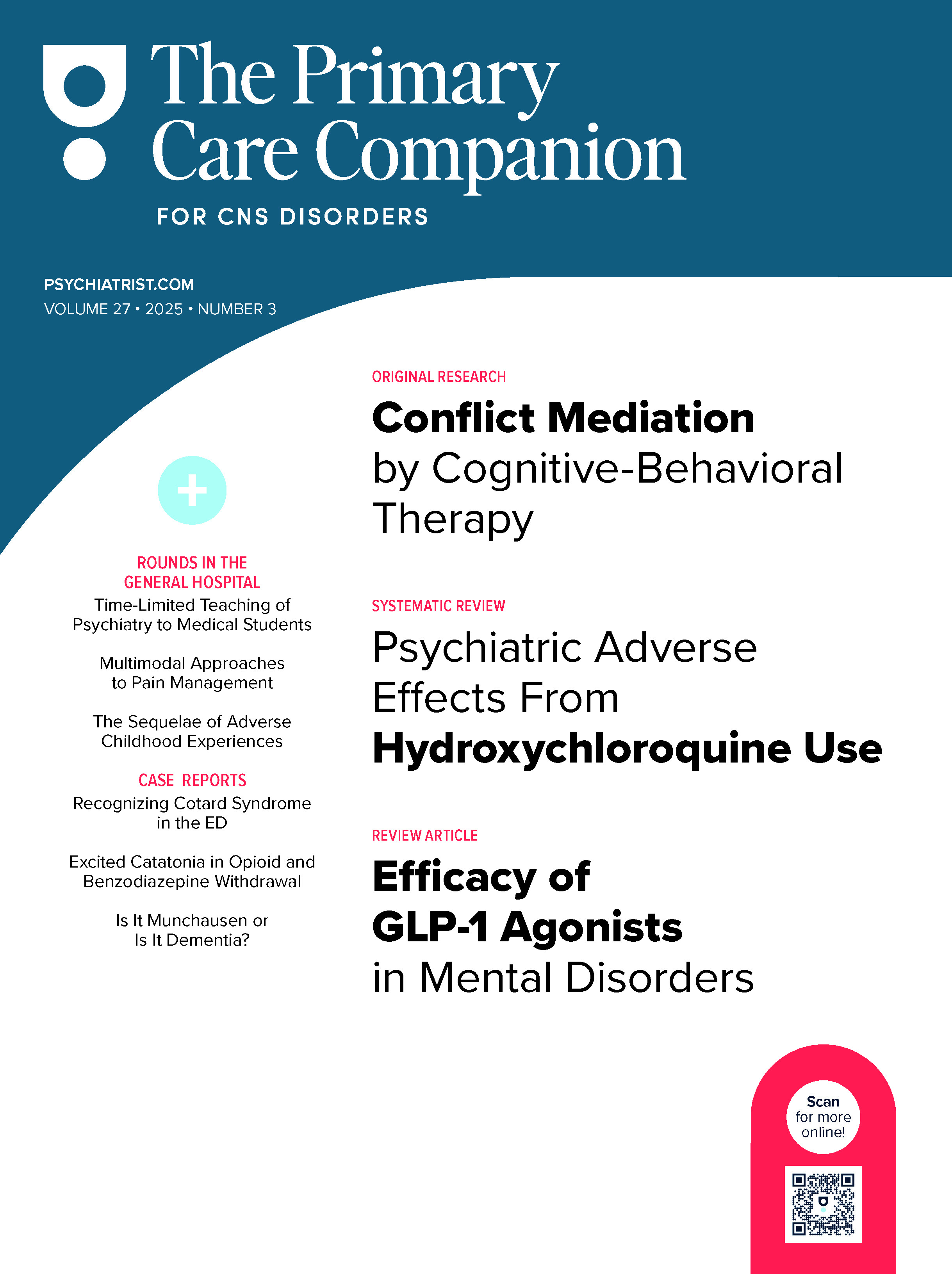The part of the brain most important in regulating sleep duration is the hypothalamus. Certain groups of hypothalamic neurons and adjacent groups of basal forebrain neurons produce the neurotransmitterγ-aminobutyric acid (GABA). Projections of these GABA neurons inhibit the firing of cells involved in wakefulness. Several groups of neurons have been shown to be inhibited by this action—including neurons containing histamine, norepinephrine, serotonin, hypocretin, and glutamate—and this inhibition promotes sleep. Hypocretin (also called orexin) was discovered in 1998,and its role in sleep and narcolepsy was identified in 2001. Other as-yet undiscovered transmitters are undoubtedly involved in sleep control. The transmitters discussed in this article have been the most thoroughly studied, and many aspects of the role of each of these transmitters in relation to sleep are reasonably well understood.
This PDF is free for all visitors!

